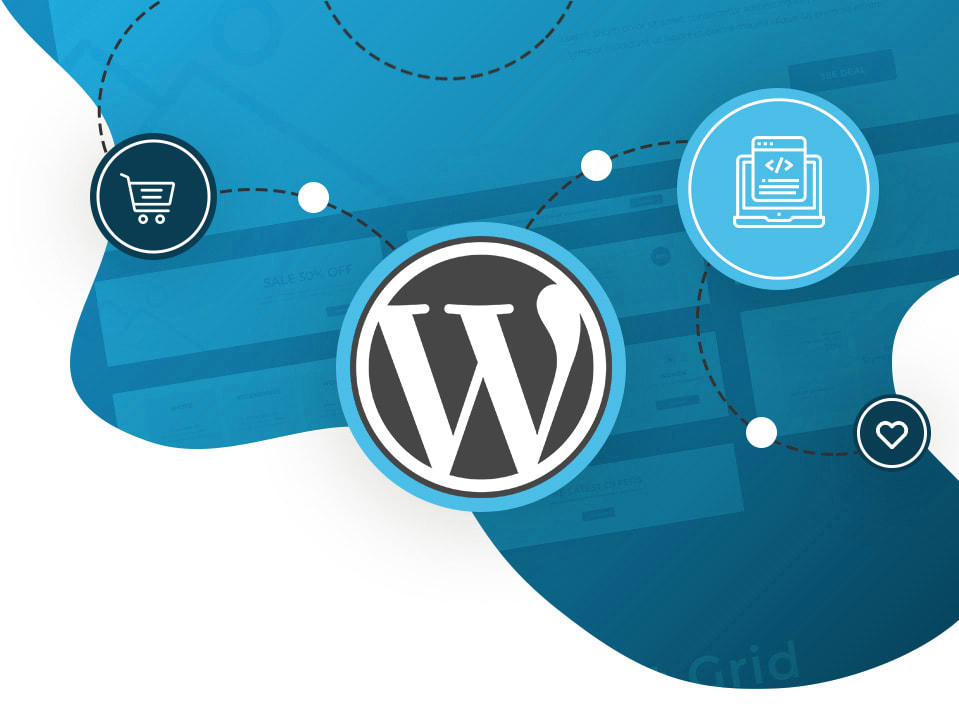Starting a Shopify Drop Ship Store can be an exhilarating journey into the world of e-commerce. It’s a path filled with potential, offering entrepreneurs the chance to carve out their niche in the vast online market without the traditional barriers of inventory and warehousing. However, the road from setup to success is paved with insight, strategy, and a sprinkle of creativity. In this comprehensive guide, we’ll navigate through the essentials of launching your Shopify Drop Ship Store, ensuring that each step is marked with clarity and purpose.
Understanding the Basics: What is a Shopify Drop Ship Store?
Before diving deep, let’s unravel the basics. A Shopify Drop Ship Store is a retail method where the store doesn’t keep the products it sells in stock. Rather, when you sell a product, you buy it directly from a third party and ship it straight to the buyer. This model cuts down on the operational costs of storing and managing inventory, making it an attractive option for budding entrepreneurs.
Setting the Stage: Essential Preparations
The journey begins with preparation. Before you even think about products or marketing, you need a clear understanding of your niche. Who is your target audience? What are their needs and preferences? A deep dive into market research and competitor analysis can unveil gaps and opportunities within your chosen market. This initial step is crucial; it informs your product selection, branding, and marketing strategies, laying the groundwork for a resonant and relevant store.
Building Your Store: A Step-by-Step Guide
- Signing Up with Shopify: Starting your Shopify Drop Ship Store is straightforward. Sign up for Shopify, select a plan that suits your budget and needs, and you’re on your way. Shopify offers a user-friendly platform, but don’t rush through the setup. Take your time to understand the features and tools at your disposal.
- Theme Selection and Customization: Your store’s theme is the first impression customers will have of your brand. Choose a theme that aligns with your niche and brand personality. Customization is key; your store should be a reflection of your brand, from the color scheme to the layout. Remember, a well-designed store enhances user experience and builds trust.
- Product Selection: Product selection is the heart of your Shopify Drop Ship Store. Partner with reliable suppliers whose products align with your brand and meet your quality standards. Use tools like Oberlo or Spocket to find products and integrate them seamlessly into your store. Be selective; a curated range of products often outperforms a vast but disjointed catalog.
- Setting Up Payments and Shipping: Ensure a smooth transaction process by setting up various payment gateways. Shopify supports a range of options, catering to different customer preferences. Similarly, define your shipping rules and rates clearly. Transparent communication regarding shipping fees and times can significantly reduce cart abandonment rates.
Marketing Your Store: Strategies for Growth
With your store set up, the focus shifts to attracting customers. Digital marketing is your ally here, with several strategies to deploy:
- SEO Optimization: Optimize your Shopify Drop Ship Store for search engines. Make sure your image alt texts, meta descriptions, and keywords are pertinent. Blogging about topics related to your products can also boost your SEO, driving organic traffic to your store.
- Social Media and Influencer Collaborations: Use social media channels to establish a connection with your audience. Regular posts, stories, and interactions build community and brand awareness. Collaborating with influencers can amplify your reach, tapping into their followers and lending credibility to your brand.
- Email Marketing: Don’t underestimate the power of email marketing. Collect email addresses through sign-ups and purchases. Use this channel to nurture leads, promote sales, and foster customer relationships. Personalized emails can significantly enhance customer engagement and retention.
- Paid Advertising: Invest in paid advertising to reach a broader audience. Platforms like Facebook, Instagram, and Google offer targeted advertising options, allowing you to reach potential customers based on their interests, behaviors, and search patterns.
Overcoming Challenges: Common Pitfalls to Avoid
The journey won’t be without its hurdles. Common challenges include supplier reliability, shipping delays, and customer service issues. Address these proactively by establishing strong relationships with suppliers, setting realistic shipping expectations, and providing exceptional customer service. Remember, transparency and responsiveness can turn challenges into opportunities for brand loyalty.
Leveraging Customer Feedback
Feedback is a goldmine of information. Encourage your customers to leave reviews and feedback on their purchases and shopping experience. Not only does this provide you with invaluable insights into what you’re doing right and where you can improve, but positive reviews also boost your store’s credibility and attract new customers.
Optimizing for Mobile
The importance of mobile optimization cannot be overstated. Mobile devices account for a large percentage of internet buying activity. Ensure your Shopify Drop Ship Store offers a seamless mobile shopping experience, with fast loading times, easy navigation, and a secure checkout process.
Exploring Global Markets
Don’t limit your store to one geographic location. Shopify and dropshipping allow you to sell globally. However, entering international markets requires research and preparation. Understand the legal, shipping, and cultural nuances of the markets you plan to enter. Localize your content, adjust your marketing strategies, and ensure your product offerings are relevant to the local audience.
Building Partnerships
Collaborations and partnerships can be powerful tools for growth. Look for opportunities to collaborate with other brands, influencers, or content creators that align with your store’s niche and values. These partnerships can help you reach new audiences, create engaging content, and build trust with potential customers.
Investing in Automation & Tools
As your store grows, managing every aspect of the business becomes more challenging. Invest in automation tools and software to streamline operations, from inventory management and order processing to email marketing and customer service. Automation not only saves time but also reduces the likelihood of errors and enhances the overall efficiency of your store.
Conclusion: A Continuous Journey to Success
Building a successful Shopify Drop Ship Store is a continuous journey, filled with learning, adaptation, and growth. It requires dedication, hard work, and a willingness to learn from every experience. By focusing on your customers, staying adaptable to changes, and continuously optimizing and expanding your store, you can achieve lasting success in the competitive world of e-commerce.
Remember, every successful entrepreneur started somewhere, and with the right approach and mindset, you too can turn your Shopify Drop Ship Store into a thriving online business. Here’s to your success, one step at a time!













Leave a Reply